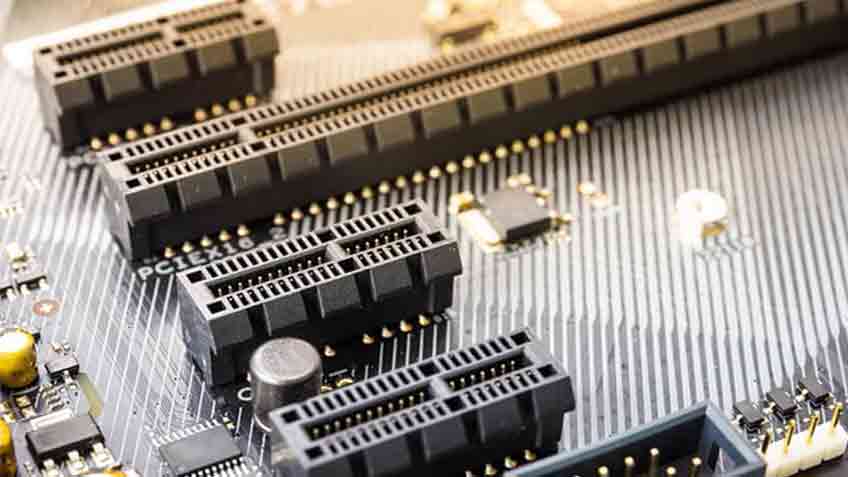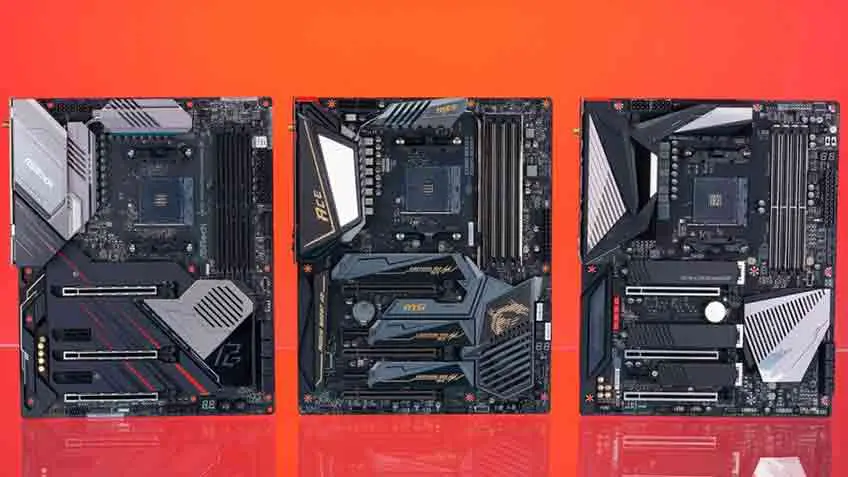It goes without saying that your graphics card is one of the most important components that you need especially for a smooth and seamless PC performance. Especially for gaming and mining, you need to look for more than an average GPU that can help the PC process the graphics easily.
However, what most people want to know is how many GPUs can motherboard support? Today this is what we’ll be talking about. From how many GPUs can motherboard support to how to check if the GPU is compatible with the motherboard, we’ll be exploring all the answers to these questions based on facts.
How Many GPUs Can A Motherboard Support?
The fact is that the graphics card is responsible for the real work but when it comes to a motherboard, on average it can support six GPUs or more depending on the PCIe slots. In other words, for every extra six GPUs, you’ll have to add another CPU, memory, storage, and a motherboard. It all depends on the motherboard you are using. As of now, there are motherboards out there that can support six, seven, or 12 graphics cards. In fact, Asus just introduced a motherboard that can support 20 graphics cards and it’s best suitable for mining.
Can We Put 2 GPUs On Any Motherboard?
Technically this can work and you can put 2 graphics cards on any multiple GPU motherboard. However, if you are planning to use two different GPUs to link them together to form a GPU array then this, unfortunately, won’t work. If the GPUs are different, they’ll function independently.
Are Multiple GPUs Worth The Hassle?
For dual graphic cards, your PC needs Nvidia or AMD technology. These technologies are of utmost importance as they link the card in order to produce a single output. The Nvidia solution goes by the name “SLI” and the AMD solution is known as “CrossFire”. Now for both the solutions you first need to have a compatible motherboard that comes with the necessary PCI slots for GPUs.
You can find a motherboard with most PCI slots but the question is that is it really worth the hassle? Well, yes, it’s totally worth it, especially for PC gaming and mining. You get better performance and video graphics with multiple GPUs. With two graphic cards, you can run your games at higher resolutions.
The downside of using multiple GPUs is the cost that comes along. If you know a bit about GPUs, you’ll know that they are quite expensive and if you want to add more of them to your system then of course it’ll cost you a fortune. So you should only opt for it if you have the budget for it first. Otherwise, it’s a big NO.
If you aren’t into mining or don’t play any video games on your PC then using two graphics cards will just be a waste of time and money because they won’t make a difference in the performance.
How To Know If A Graphics Card Is Compatible?

Image Credit: Hp.com
There are expansion slots on the motherboard in almost all PCs even on an 8 GPU motherboard. Usually, you get a PCI Express but when it comes to a graphics card, you need a PCI Express x16 slot. For example, a motherboard with a PCI Express x16 2.0 slot will support a modern PCI Express 3.0 graphics card.
If your motherboard supports two graphics cards, you usually should use the upper slot if you have one graphics card. Overall, the rule is that you need to check with the manufacturer of the motherboard if it supports more than two graphics cards.
Frequently Asked Questions
Does Having 2 GPUs Increase Performance?
Yes, using 2 GPUs can make a difference for you when it comes to the performance of your PC but that’s only for those who have to use their systems for gaming or mining. Overall, if you are using your PC for general web browsing then you shouldn’t opt for 2 GPUs as it won’t make much difference.
How Can I Use Two GPUs At Once?
Put the first video card into the motherboard’s slot and then press it down gently until you hear a snap sound. There’s a metal plate on the end of the card and you can use the screwdriver to screw it if it’s necessary. Now repeat the same for the second video card and then connect power to either one or both the cards if the connectors for them are separate.
Is It Worth It To CrossFire?
For most users out there, CrossFire and SLI don’t make much sense. It’s simple that if you are using a standard 1440P monitor then opting for CrossFire won’t make any difference and it’ll just be a waste of your money.
Can A GPU Be Too Much For A Motherboard?
Yes, you need to make sure that your GPU is compatible with your motherboard and even a slight difference or incompatibility won’t work here.
Can A Motherboard Limit Performance?
The motherboard alone isn’t responsible for the gaming performance. But if you overclock your motherboard within its BIOS then yes, it can help increase the overall PC performance. What you should know here is that only some motherboards come with the ability to overclock and that too is done within the BIOS interface. Overall, the motherboard can’t really limit the performance of your PC.
Conclusion
The simpler answer to your question “how many GPUs can a motherboard support” is that it all depends on the kind of motherboard you have. You can easily find a motherboard with more PCIe slots like an 8 GPU motherboard etc. The important thing is to first check with the manufacturer of the motherboard and ask how many GPUs can it support before you invest in a pair. This way you’ll save yourself a lot of money by not buying a card that doesn’t even work with your motherboard.

